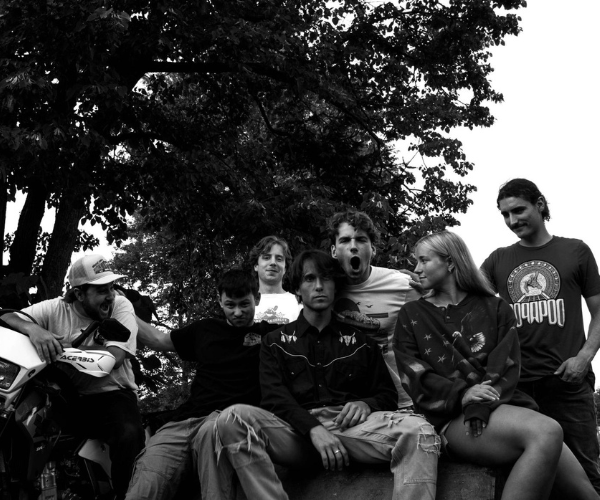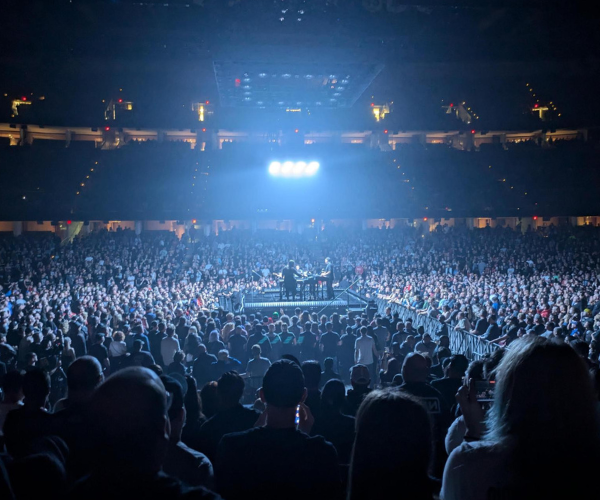Was it something in the water? In the strong café con leche, or the melting edges of absinthe? At a café named Quatre Gats (Four Cats) in turn-of-last-century Barcelona, a revolution was under way. It had to do with perception.
Between 1868 and 1939, Barcelona grew from a rural, provincial place to Spain’s thriving, international center, and gave birth to the future of art and architecture. Barcelona was and still is the emotional and financial hub of Catalonia, Spain’s iconoclastic region on the Mediterranean Sea.
| Antonio Gaudi ("Double Screen from the Casa Mila") Photo courtesy of Artists Rights Society (ARS), New York/ADAGP, Paris |
Catalonia was arguably the most creatively fertile ground at the beginning of the 20th century.Native sons include Salvador DalÃÂÂÂ, Antoni GaudÃÂÂÂ, Joan Miró and many other artists and thinkers who changed Western art forever. Catalonia also offered safe harbor to a young Pablo Picasso.
To celebrate this extraordinary flowering of ideas, a grand exhibition, featuring more than 300 works culled from museums, private and corporate collections, the Cleveland Museum of Art’s permanent collection, New York’s Metropolitan Museum of Art, and the National Art Museum of Catalonia opens this month at the Cleveland Museum of Art. A blockbuster? Oh, yes. Frivolous? Oh, no.
Barcelona and Modernity: Picasso, GaudÃÂÂÂ, Miró, DalÃÂÂÂ, which runs Oct. 15 through Jan. 7, is one of the first chances for American audiences to see the innovative output of this time and place — one of social and cultural upheaval. Besides its four marquee names, the exhibition includes work by many more seminal Catalonians who are not household names, such as painter Ramon Casas and architect Josep Jujol.
A coup for the Cleveland museum, the exhibition opens here first before moving to New York at the Metropolitan in March 2007. It’s also the first exhibition under the museum directorship of Timothy Rub. An added bonus: The museum reopens temporarily after a six-month closure.
Organized by Cleveland Museum of Art curator of modern European art William Robinson, the exhibition is sliced into nine periods of activity, beginning with the September Revolution (1868) and ending with the fall of the Spanish republic in 1939, when Franco came into full power.
The amount and variety of works will create context. In addition to the requisite paintings, sculptures, posters and photographs, there will be furnishings, textiles, architectural designs and models.
The collection includes images of GaudÃÂ’s famous city park, Parc Güell; the still-unfinished church, Sagrada Familia; and other architectural wonders that made Barcelona — and Catalonia — unique.
Masterpieces from the museum’s permanent collection are placed in their creative context: Picasso’s masterpiece from his Blue Period, “La Vie,” and his “Still Life with Bull’s Skull” will be seen in a new light.
Now, if they could only recreate the Quatre Gats Café, complete with stained wood, thick smoke and fevered discussion, that would be meravellós.
Barcelona and Modernity: Picasso, GaudÃÂÂÂ, Miró, Dalàruns Oct. 15 through Jan. 7, 2007. Tickets are $15 Saturdays and Sundays, $12 weekdays, museum members free. For more information, call 1-800-CMA-0033 or visit www.clevelandart.org



